________________________________________________________________________________
Massey Ferguson 230, 235, 240, 245, 250 - Hydraulic system
Hydraulic system types
Two different types of hydraulic systems have been used, and
identifiestion of the type of system must be established before
proceeding with adjustments or repairs. One type of system has a dashpot
attached to the lift cover, and lift cover has casting number 1861 320
Ml. The other type of system does not use a dashpot. Either system may
or may not have provisions for pressure control. On Massey Ferguson 230,
235, 240, 245, 250 models, hydraulic lift system consists of a pto
driven piston type pump, which is mounted within the differential
housing beneath the lift cover, and a single acting hydraulic cylinder
which actuates the rockshaft and lift arms. A gear type auxiliary pump
is optionally added to supply operating fluid to MultiPower clutches,
ipto clutches and/or auxiliary hydraulic cylinder applications.
Auxiliary pump is located directly above lift system pump, and is driven
by a gear train mounted to front of pumps.
Reservoir and filter - The transmission/differential lubricant is the
operating fluid for the MF 230, 235, 240, 245, 250 hydraulic system.
Manufacturer recommends renewing hydraulic oil after every 500 hours of
operation, or annually, whichever comes first. The hydraulic pump
strainer/filter, located in bottom of differential housing, should be
removed and cleaned after every 500 hours of operation. Note that oil
must be drained from housing before removing filter. Filter element can
be cleaned using solvent and compressed air. Renew filter element if
damaged or if it cannot be thoroughly cleaned. Some models are also
equipped with an auxiliary hydraulic filter located on left-hand side of
the differential housing. Auxiliary filter element should be renewed
after every 500 hours of operation.
Troubleshooting
The following are symptoms which may occur during operation of Massey
Ferguson 230, 235, 240, 245, 250 hydraulic lift system and their
possible causes. Use this information to isolate the cause of the
problem before proceeding with component disassembly.
Hitch will not raise. Could be caused by: Leak in system. Remove
response control side cover and check for internal leakage. Damaged,
binding or misadjusted control valve linkage. Misadjusted or faulty
servo valve (pressure control units), or faulty safety relief valve
(nonpressure control units). Faulty hitch lift pump.
Lift links raise unevenly or jerky. Could be caused by: Valve sticking
in pump valve chamber.
Lift links will not raise to full height. Could be caused by: Transport
stop misadjusted. Control valve misadjusted. Control linkage
misadjusted.
Lift links will not lower. Could be caused by: Control valve sticking.
Control valve misadjusted. Lift arms binding.
Hitch lowers too fast with response control at "SLOW" position. Could be
caused by: Response control misadjusted. Control linkage binding or
damaged. Faulty dashpot (if so equipped).
Erratic action when operating in draft control. Could be caused by: End
play in master control spring. Control linkage binding or damaged.
Lift links creep down. Could be caused by: Internal leakage in cylinder,
control valve or valve chambers.
System checks
Before beginning system checks, be sure oil level is at full mark on
dipstick, and test system only after oil has reached operating
temperature of approximately 50C (120F). Connect a 35000 kPa (5000 psi)
pressure gage at test port in lift cover. Move the response control
lever to FAST and the inner quadrant lever to TRANSPORT. If system is
pressure control type, make sure that transport stop is fully rearward
directly beneath PRESSURE range of inner quadrant. If system is
nonpressure type, check that center of rear bolt holding transport stop
is 11 mm (7/16 inch) from rear of quadrant stop. On MF 230, 235, 240,
245, 250 models, check to be sure lever friction springs are compressed
to 20.6 mm (13/16 inch). This amount of compression should permit levers
to slide freely, but should hold position when released.
Transport stop - To check transport stop adjustment, proceed as follows:
Run engine at 1000 rpm and move draft control lever to full UP position.
If pressure control type, move inner quadrant lever to CONSTANT PUMPING
range forward of the transport stop. Scribe a line across lift arm hub
and Lift cover casting. Move inner lever forward in POSITION control
range to lower the lift links, then move lever back against the
transport stop. Measure the distance that scribe lines are separated. If
nonpressure control style, move inner quadrant lever fully UP in
quadrant past the transport stop. Scribe a line across lift arm hub and
lift cover casting, then move inner lever back to transport stop.
Measure distance that scribed lines are separated. On Massey Ferguson
230, 235, 240, 245, 250 models, distance between scribed lines should be
3.2-3.9 mm (1/8-5/32 inch). If dimension is not correct, adjust
transport stop before proceeding with further tests.
Draft control - To check draft control, run engine at low idle speed.
Move inner quadrant lever against transport stop and operate draft
control lever to raise the lift arms. With draft control lever fullly
UP, gage pressure should not be excessive and servo relief (or safety
relief ) valve should not be opening. If lift links do not move to full
transport or through full range, transport stop may be adjusted
incorrectly, lift cover internal linkage may be misadjusted or control
valve may be sticking. If servo relief is opening, the transport stop,
lift cover linkage or pressure control valve (if so equipped) may be
incorrectly adjusted. Position draft control lever between the sector
marks (M) on draft quadrant while leaving inner quadrant lever at
TRANSPORT. The lift links should remain at a midposition with draft
lever within 6.3 mm (1/4 inch) of either sector mark.
Position control - Check position control, first attach a fully mounted
implement to 3-point linkage. Place draft control lever to full UP
position and response control lever in FAST position. Run engine at low
speed and operate inner lever in POSITION control range to fully raise
and lower lift links several times. It must be possible to fully raise
and lower lift links and to position them in any intermediate setting.
If lift links do not raise or lower fully, perform the installed
adjustments. If lift links creep down then up again (hunt), internal
leakage is indicated in control valve, valve chambers, pump pistons or
lift cylinder seal rings. Move inner quadrant lever to TRANSPORT. The
lift links should raise to transport position without reaching maximum
system pressure. If lift links do not reach transport position or if
maximum system pressure is obtained, refer to adjustment procedures.
Master control spring sensitivity - To check sensitivity of control
spring, first attach a fully mounted implement to lower links and top
link. Place inner quadrant lever in TRANSPORT. Operate engine at low rpm
and move draft control lever to raise implement to approximately
midpoint of lift travel (implement must be clear of ground). Apply a
downward force to rear of implement. System should respond by lowering
implement slightly. Apply an upward force to rear of implement. System
should raise implement as long as upward force is being applied.
Response control - To check operation of response control, first attach
a fully mounted implement to 3-point links. Place inner quadrant lever
in TRANSPORT. Operate engine at low rpm and move draft control lever to
full UP position. Move response control lever to SLOW position, then
move draft control lever rapidly to full DOWN position. The implement
should hesitate slightly, then lower at a moderate rate of speed. Place
response lever in FAST position. Repeat lowering test using draft
control lever to raise implement, then quickly move control lever to
DOWN position. The implement should lower noticeably quicker with
response lever in FAST position than previous check with lever in SLOW
position.
Pressure control - To check operation of pressure control valve (if so
equipped), attach an implement or weight to lift links. Run engine at
1000 rpm, move draft control lever to full UP position, move inner
quadrant lever to full HIGH (constant pumping) in pressure control range
of quadrant and observe pressure indicated on gage. Pressure should be
17230-17930 kPa (2500-2600 psi). Move inner lever to full LOW position
and observe gage reading. Pressure should be 0-500 kPa (0-75 psi). Move
inner lever to just raise implement and place a load on hydraulic
system. Pressure indicated on gage should not fluctuate more than 700
kPa (100 psi) with implement held steady at a selected height. lf
pressures are not as described, refer to adjustment procedure.
Adjustment
Master control spring - To adjust master control spring, disconnect
control beam or top link (depending on what type spring head is used)
from spring head. If a clevis type head is used,remove bolts attaching
clevis rocker link to lift cover casting. Position draft control lever
fully down. Check for end play in spring by pulling and pushing on
spring head. If end play is present, loosen set screw in side of lift
housing and pull back rubber boot to expose adjusting nut. Turn
adjusting nut into or out of lift cover until end play is just
eliminated. End play will be present if adjustlng nut is either too
loose or too tight. If end play cannot be elimmaled by turning adjusting
nut, it will be necessary to remove control spring assembly and check
internal adjustment of spring as follows: Unscrew adjusting nut and
withdraw spring assembly from lift cover. Grasp spring while holding
head and attempt to rotate spring on plunger. Spring should fit snugly
with no end play, but should still turn with moderate effort. If
adjustment is incorrect, drive pin out of head and thread plunger into
or out of head until end play is just eliminated. Tighten plunger
further, if necessary, until slot is aligned and reinstall pin. Install
control spring assembly into housing and turn adjusting nut until end
play is just eliminated. Install nylon plug and tighten set screw.
Installed adjustments - The following adjustments should be performed
with lift cover installed and Massey Ferguson 230, 235, 240, 245, 250
tractor operational. Accomplish the adjustments in the sequence listed.
Remove the response control cover plate from right side. Be sure that
oil is maintained at level of lowest threaded mounting hole for response
control cover making it necessary to temporarily reinstall the lower cap
screw. Be sure that control valve adjusting screw and roller are
correctly installed. If pressure control type, adjusting screw should be
threaded into vertical lever, but should not contact diaphragm plunger.
On all models, make sure lift arms will fall freely of their own weight
from raised position with engine not running and quadrant lever down.
Side play of lift arms should be the least possible while still
permitting free movement, and is adjusted by cap screws securing lift
arms to shaft. Check control spring adjustment and adjust if necessary.
Set initial position of transport stop and lever friction. Connect a
35000 kPa (5000 psi) pressure gage to port in lift cover. Attach an
implement or 400 Kg (900 pound) weight to lift links. Operate engine and
raise and lower weight several times to expel air and warm oil to about
50C (120F). Lower lift links and stop engine.
Control valve - To adjust control valve, first move both quadrant levers
to TRANSPORT position. Then, install a wedge between dashpot piston rod
and collar to hold dashpot and linkage in neutral position during
adjustment. Be careful when positioning wedge and do not dislodge roller
from control lever, or vertical lever from Its pivot pin. Start engine
and run at low idle, move draft control lever fully down and turn
adjusting screw INTO lever until lift links just begin to rise. Turn
adjusting screw OUT after links are just above horizontal so lift links
stop rising. This will synchronize pump control valve and internal
linkage at neutral position. Push the control lever (with roller)
forward to lower if lift links raise too high (above horizontal), then
readjust screw. Shut off engine and move draft control lever to
TRANSPORT, then remove adjustment wedge.
Transport stop - Adjust transport stop with weights still attached to
lift links. Run engine at idle speed with draft control lever in full UP
position. On nonpresure control models, move inner quadrant lever past
the transfer stop bracket full up on quadrant. Be sure relief valve is
opening, then scribe lines across lift arms and lift cover. Move the
inner quadrant control lever (position control) down toward transport
until scribed lines are 3.2-3.9 mm (1/8-5/32 inch) apart. Adjust
transport stop to hold control lever at this point on quadrant. If stop
adjustment is impossible, lift cover internal linkage may be incorrectly
adjusted, damaged or binding. Check linkage through right side opening.
Also check relief valve operation through this opening. On pressure
control models, move inner quadrant lever into CONSTANT PUMPING range at
PRESSURE control side of transport stop, then scribe a line across lift
arm and lift cover hub. Move inner quadrant lever to POSITION side of
transport stop, firmly against stop pin. Measure distance between the
scribed lines. If not within 3.2-3.9 mm (1/8-5/32 inch), loosen control
quadrant mounting bolts and move only the inner quadrant to correct the
setting.
Draft control - Adjust draft control as follows: Disconnect top link,
but leave weight or implement attached to lower links. Run MF 230, 235,
240, 245, 250 engine at idle speed. Move inner quadrant lever to
TRANSPORT position and move draft control lever downward until weight
just begins to fall. Position draft lever so weight remains suspended in
approximately midposition, then note location of lever. If draft lever
is not within 6.4 mm ( 1/4 inch) of sector marks, loosen screws securing
draft quadrant and relocate quadrant until sector marks are correctly
located. Tighten retaining screws, then recheck adjustment.
Pressure control - To adjust pressure control, proceed as follows:
Implement or weight must be attached to lift links and pressure gage
connected to lift cover. Run engine at low speed and move draft. control
lever fully UP. Move inner quadrant lever forward as far as possible,
then move lever rearward into CONSTANT PUMPING and note pressure gage
reading. If pressure is not within 17240-17930 kPa (2500-2600 psi), move
inner lever fully down and acljust pressure control valve tube
(accessible through response cover opening). Turn tube clockwise to
increase, or counterclockwise to decrease pressure to recommended
setting. When pressure is within limits, turn pressure control adjusting
screw clockwise until vertical lever begins to pulsate, then turn screw
counterclockwise until pulsating stops and pressure does not fluctuate
more than 700 kPa (100 psi).
Response control - To adjust response control, loosen plunger set screw,
push rod down, then retighten set screw to hold rod in place. Move the
response control lever to FAST position, then reinstall response side
cover (without outer cover) onto housing. Move response control lever to
place it about 6.4 mm (1/4 inch) from SLOW position. Remove access plug
from side cover. Insert a wrench through access opemng and loosen set
screw to allow plunger to release and contact response lever shaft.
Retighten set screw. Install access plug and outer cover. Fill housing
to full mark on dipstick with recommended oil. Start engine and raise
and lower lift links several times using draft control lever to purge
air from dashpot. Check for proper operation of hitch.
________________________________________________________________________________
________________________________________________________________________________________
________________________________________________________________________________________
________________________________________________________________________________________
________________________________________________________________________________________
________________________________________________________________________________________
________________________________________________________________________________________
________________________________________________________________________________________
________________________________________________________________________________________
________________________________________________________________________________________
________________________________________________________________________________________
________________________________________________________________________________________
________________________________________________________________________________________
________________________________________________________________________________________
________________________________________________________________________________________
________________________________________________________________________________________
________________________________________________________________________________________
________________________________________________________________________________________
________________________________________________________________________________________
________________________________________________________________________________________
________________________________________________________________________________________

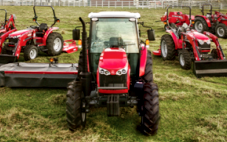 SPECS
SPECS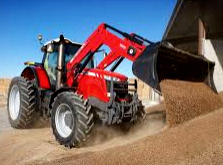 LOADERS
LOADERS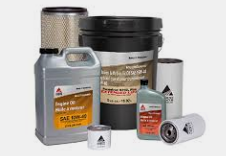 MAINTENANCE
MAINTENANCE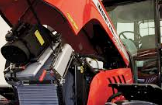 PROBLEMS
PROBLEMS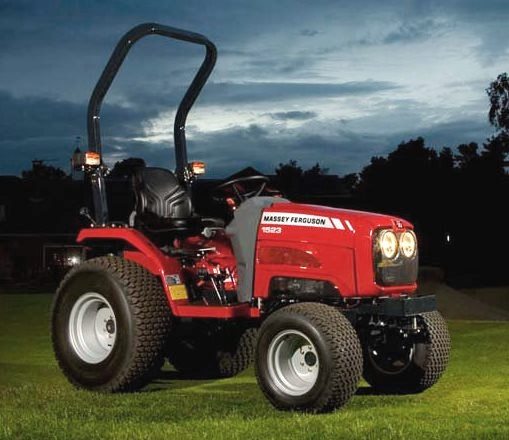 MF 1523
MF 1523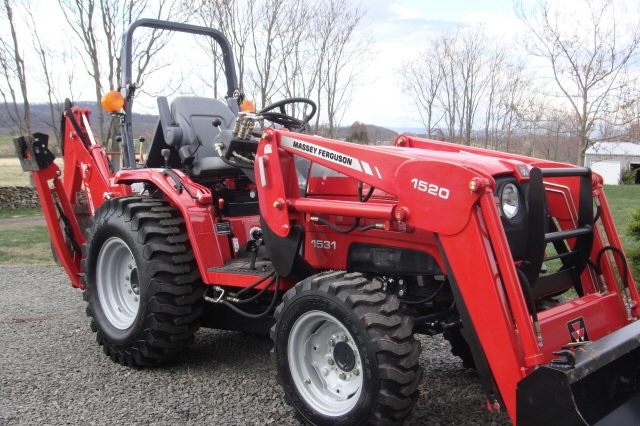 MF 1531
MF 1531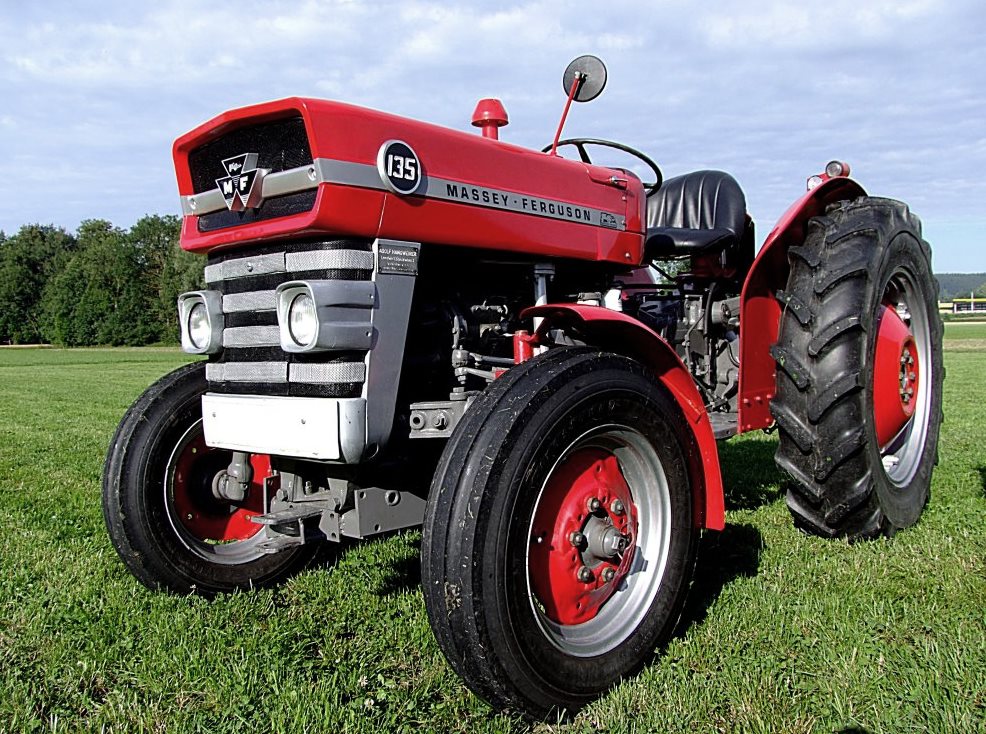 MF 135
MF 135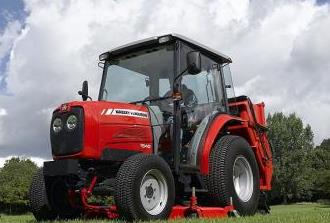 MF 1547
MF 1547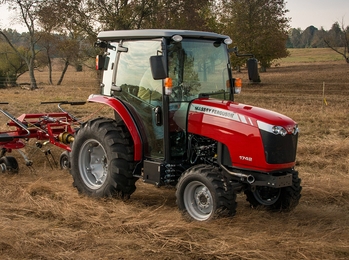 MF 1635
MF 1635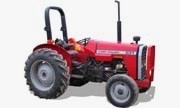 231
231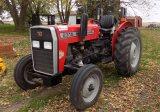 231S
231S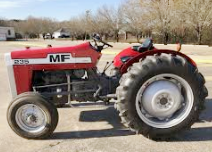 235
235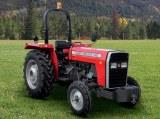 240
240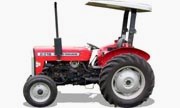 241
241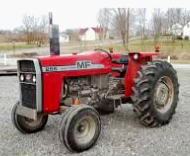 255
255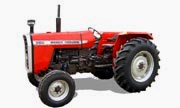 265
265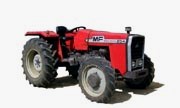 274
274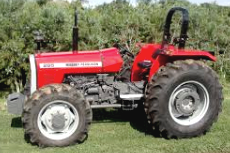 285
285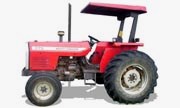 375
375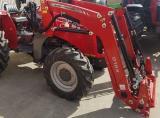 916X Loader
916X Loader 921X Loader
921X Loader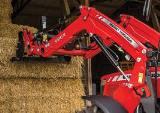 926X Loader
926X Loader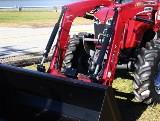 931X Loader
931X Loader 936X Loader
936X Loader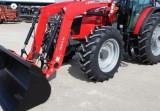 941X Loader
941X Loader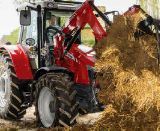 946X Loader
946X Loader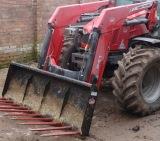 951X Loader
951X Loader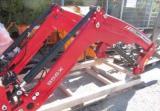 956X Loader
956X Loader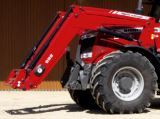 988 Loader
988 Loader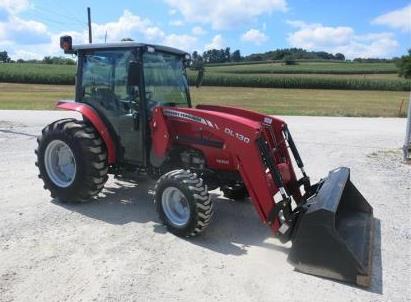 1655
1655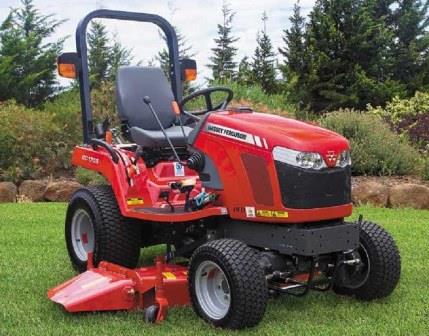 GS1705
GS1705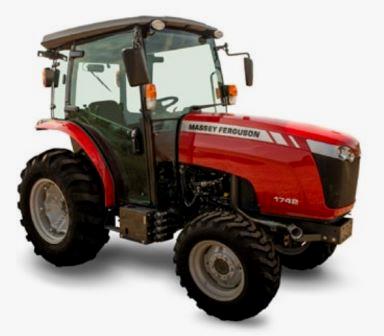 1742
1742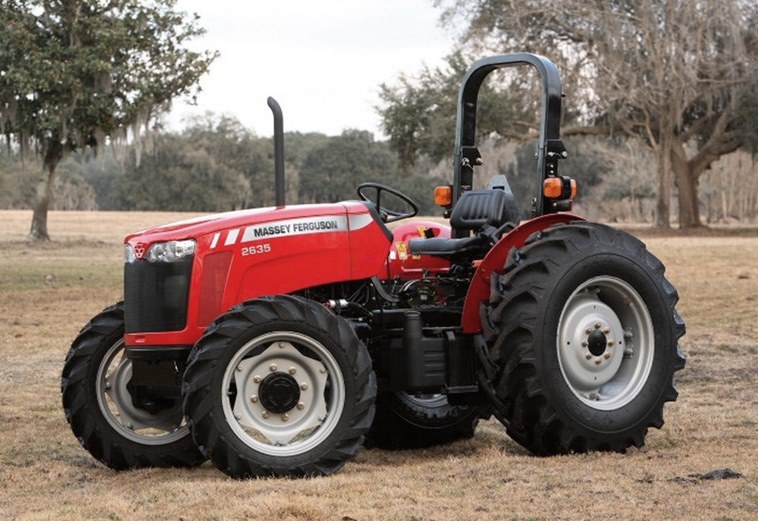 2635
2635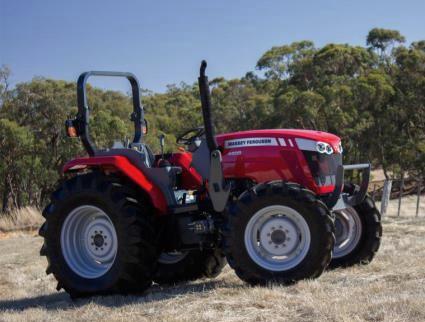 4608
4608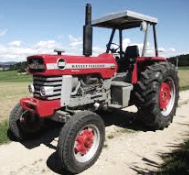 1080
1080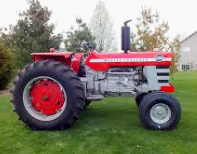 1100
1100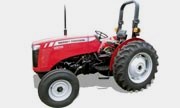 2615
2615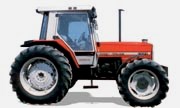 3050
3050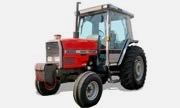 3060
3060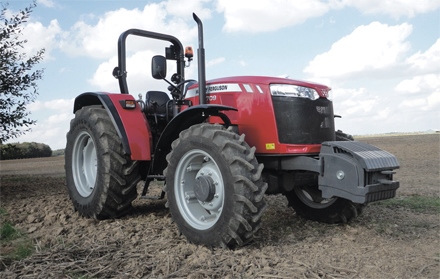 4708
4708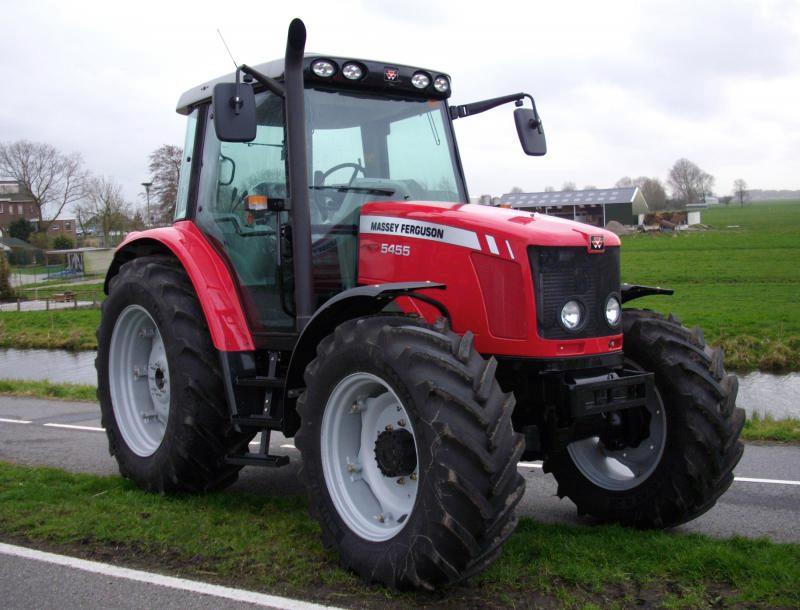 5455
5455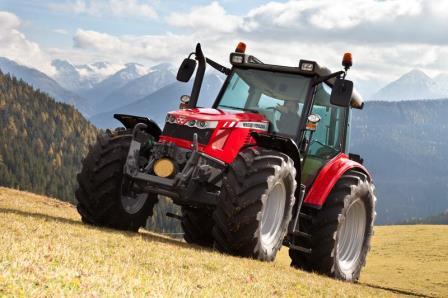 5450
5450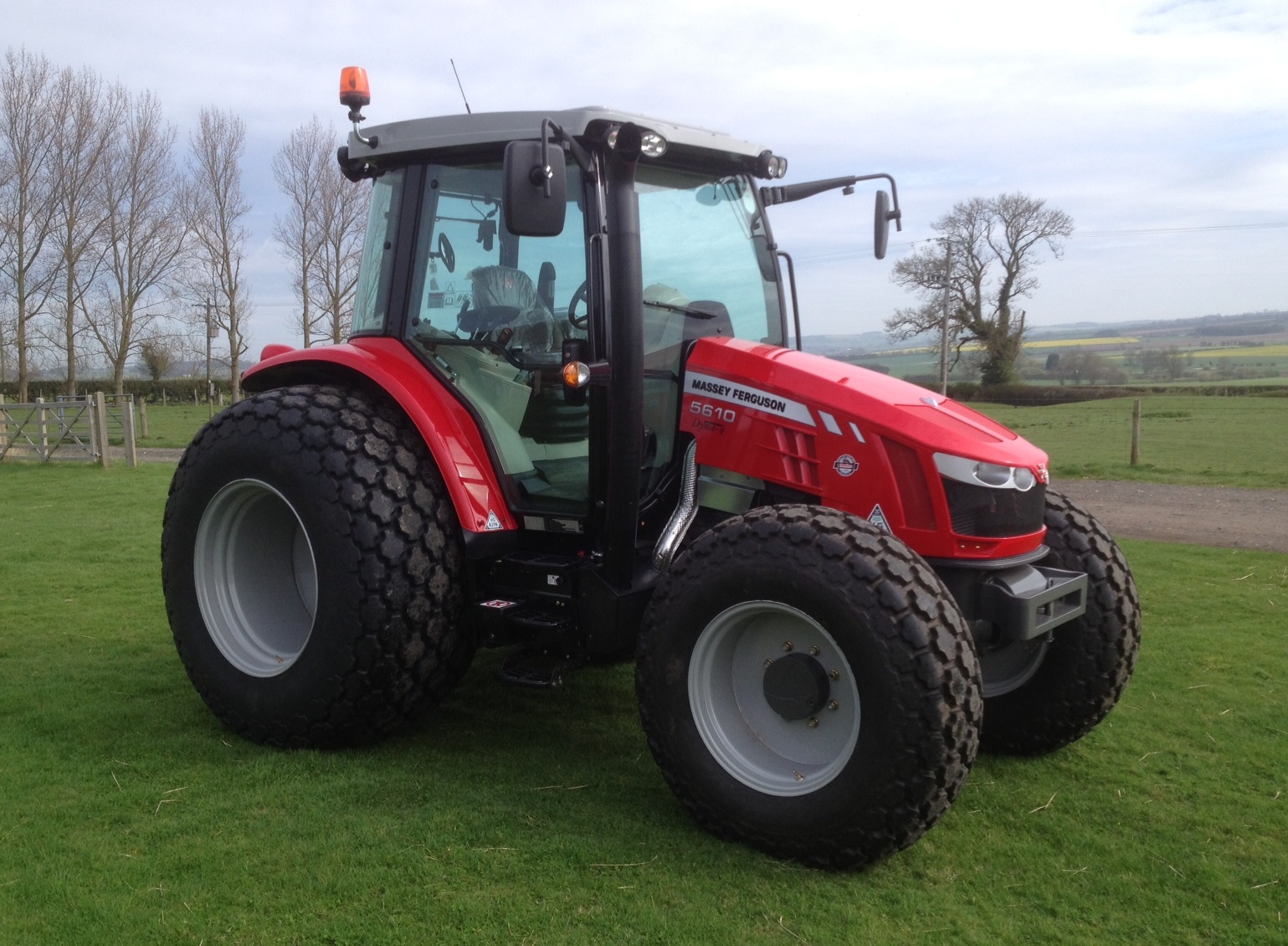 5610
5610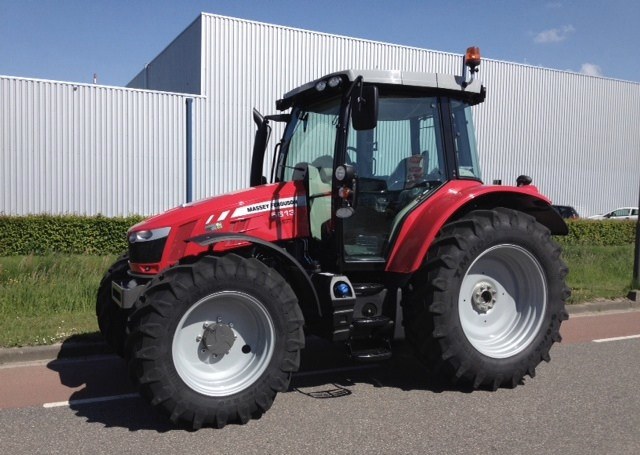 5613
5613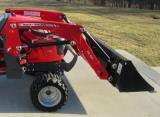 DL95 Loader
DL95 Loader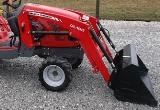 DL100 Loader
DL100 Loader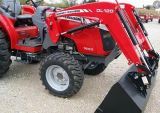 DL120 Loader
DL120 Loader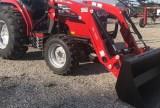 DL125 Loader
DL125 Loader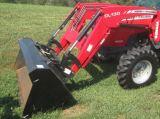 DL130 Loader
DL130 Loader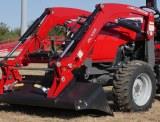 DL135 Loader
DL135 Loader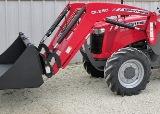 DL250 Loader
DL250 Loader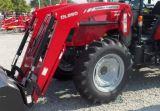 DL260 Loader
DL260 Loader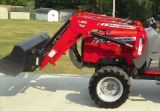 L90 Loader
L90 Loader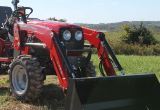 L100 Loader
L100 Loader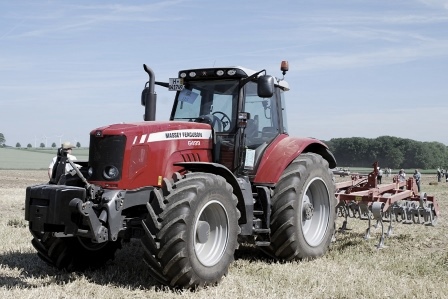 6499
6499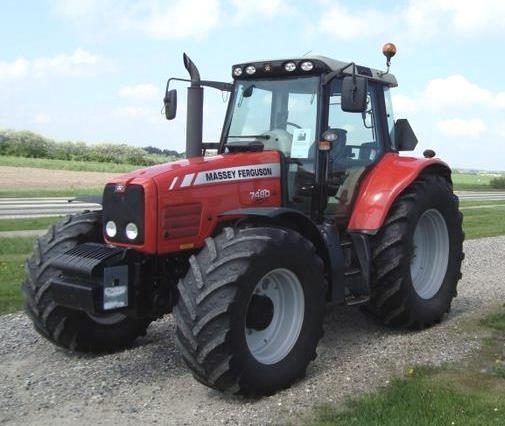 7480
7480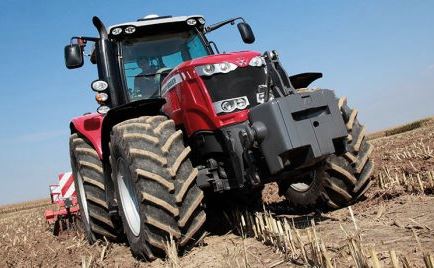 7618
7618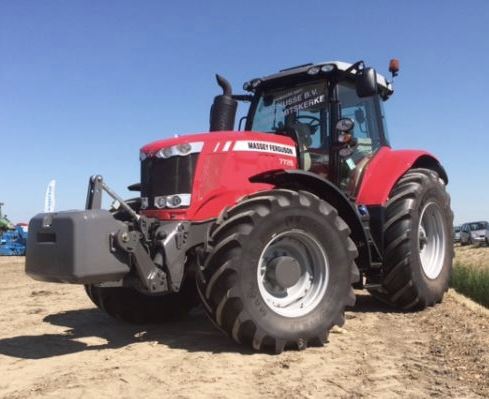 7726
7726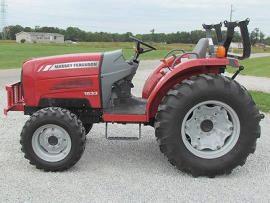 1533
1533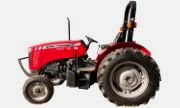 2604H
2604H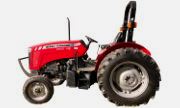 2607H
2607H 4455
4455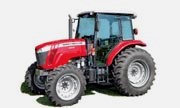 4610M
4610M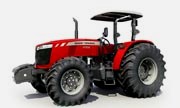 4710
4710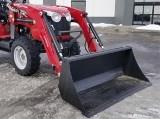 L105E Loader
L105E Loader L210 Loader
L210 Loader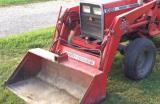 1014 Loader
1014 Loader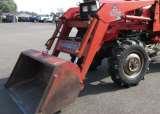 1016 Loader
1016 Loader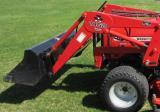 1462 Loader
1462 Loader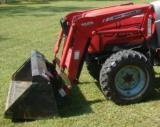 1525 Loader
1525 Loader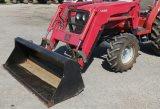 1530 Loader
1530 Loader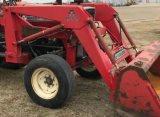 232 Loader
232 Loader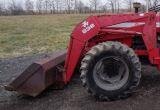 838 Loader
838 Loader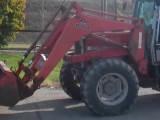 848 Loader
848 Loader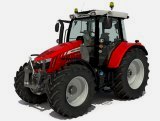 5712SL
5712SL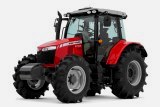 6713
6713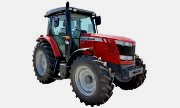 6715S
6715S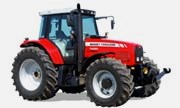 7475
7475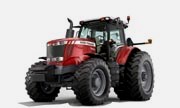 7615
7615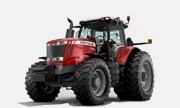 7716
7716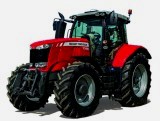 7724
7724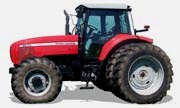 8240
8240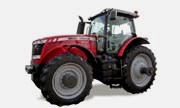 8650
8650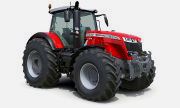 8732
8732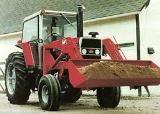 246 Loader
246 Loader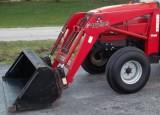 1036 Loader
1036 Loader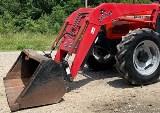 1038 Loader
1038 Loader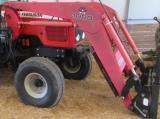 1080 Loader
1080 Loader 856 Loader
856 Loader